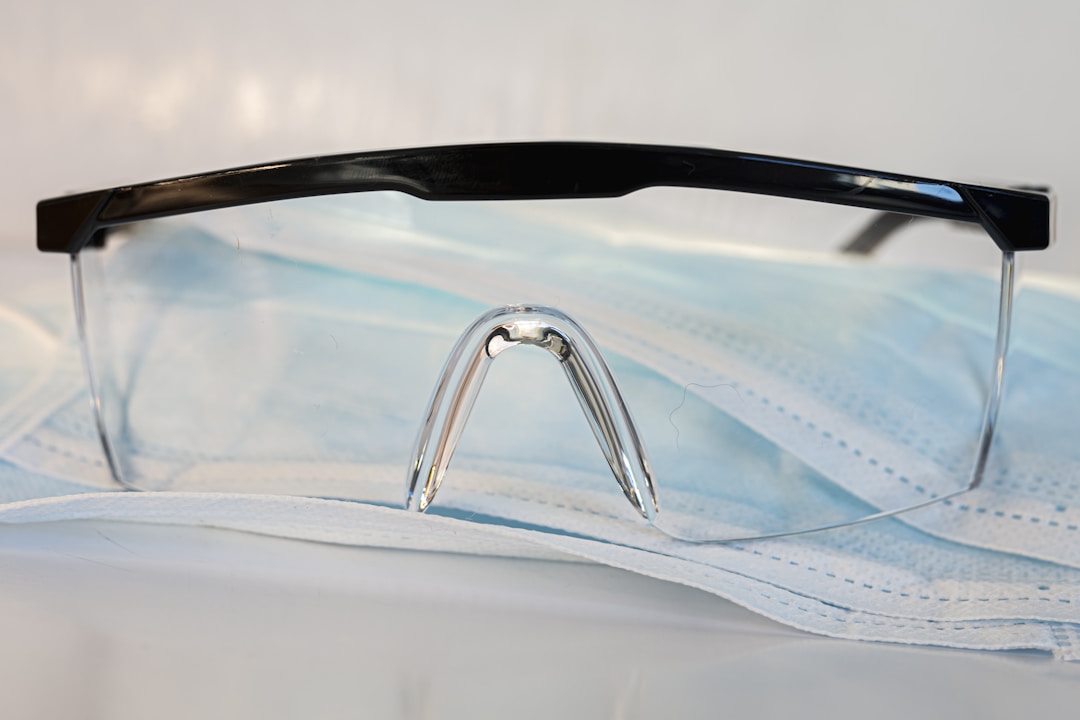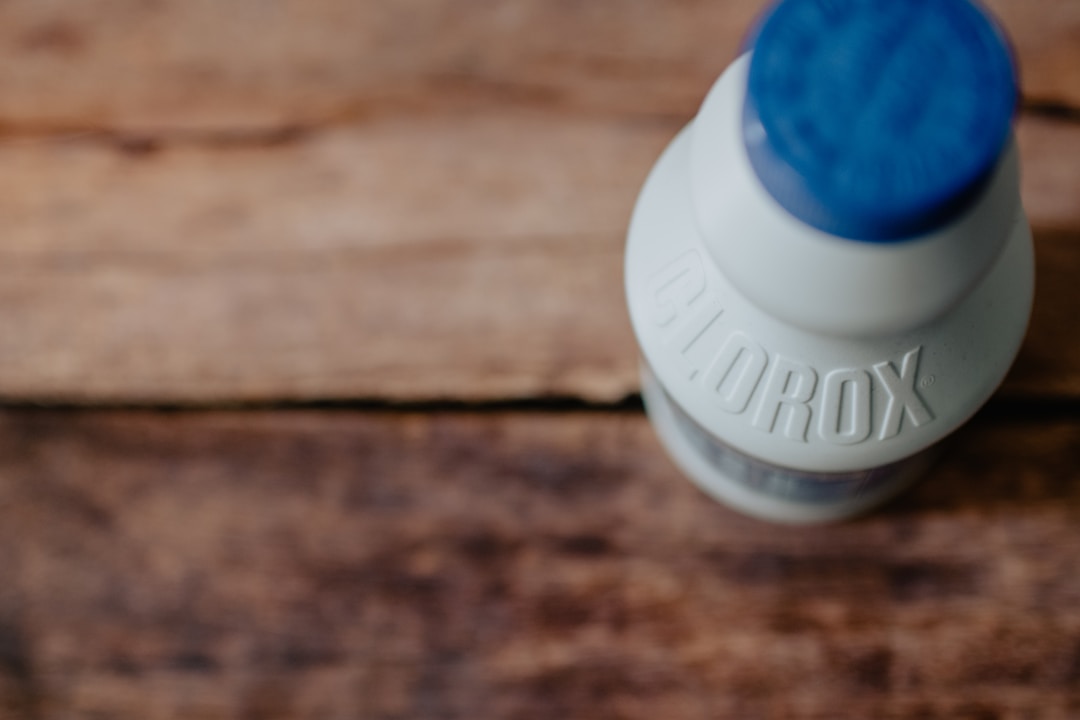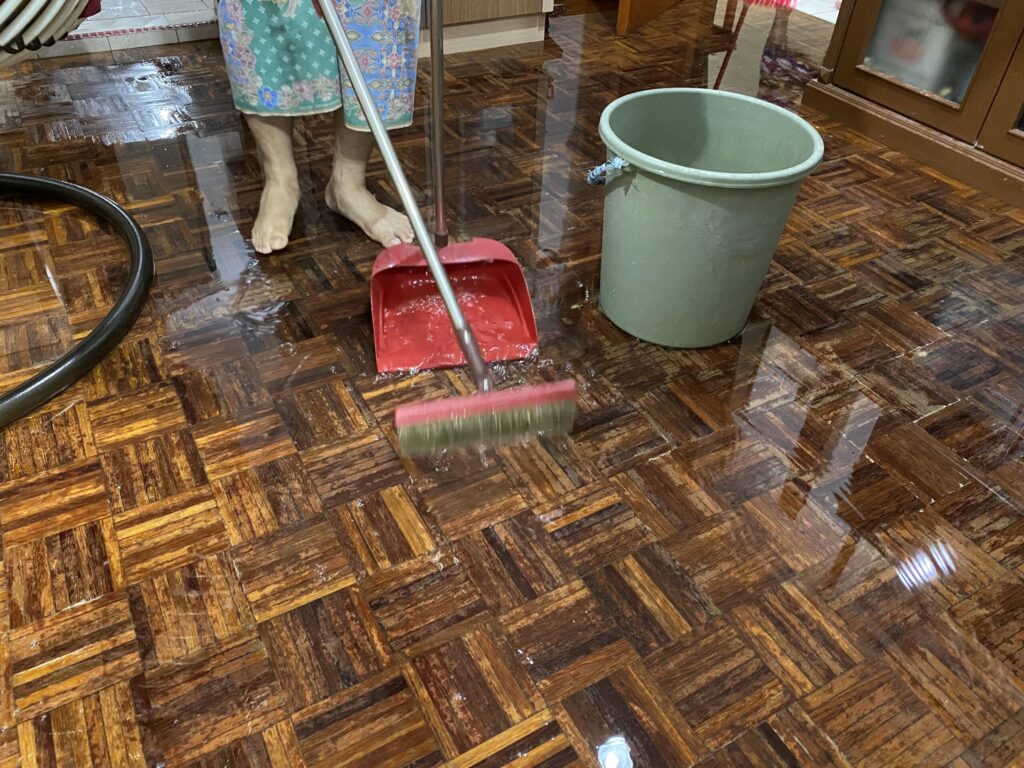Dealing with the aftermath of a flood can be overwhelming and stressful. It is essential to know the proper steps to take in order to restore your property and protect your family’s health. In this article, we will discuss four crucial aspects of recovering from flood damage.
Assessing the Damage and Ensuring Safety

Before you start cleaning up your property, it is crucial to make a thorough assessment of the damage caused by the flood. This includes identifying any structural damages, such as cracked foundations or collapsed walls. It is also significant to check for any electrical issues and gas leaks, as these could pose significant safety risks. If you feel uncertain about your ability to properly assess the damage, consider hiring a professional to help you.
It is important to prioritize the safety of everyone involved in the cleanup process. This means ensuring that you turn off the main power supply to your property to prevent electrocution and turning off the gas supply if you suspect a leak has occurred. It is also essential to wear personal protective equipment such as gloves, waterproof boots, and masks when dealing with contaminated floodwater.
One valuable resource to consider for assessment and cleanup is a water damage restoration in Fort Worth company. They have professionals experienced in dealing with flood damage and can provide effective guidance and services in recovering from the disaster.
Removing Water and Drying Out Your Property
One of the main aspects of recovering from water damage is the removal of standing water and drying out your property. The longer the water remains in your home, the more damage it will cause to your belongings, and the more likely mold growth will occur. You can start by using buckets, mops, and towels to remove as much water as possible. Alternatively, you can rent or purchase a pump to extract water more efficiently.
Once the standing water has been removed, it is essential to focus on drying out your property. This can be done by opening doors and windows to encourage airflow, using fans and dehumidifiers, or renting specialized drying equipment. Make sure to focus on drying carpets, furniture, and other porous materials, as these can harbor mold and bacteria.
Cleaning and Disinfecting Affected Areas

Once the water has been removed and your property has begun to dry, it is time to start the cleaning and disinfection process. Floodwater can carry contaminants like bacteria, viruses, and other dangerous pathogens, so it is crucial to clean all affected surfaces properly and completely. Any porous materials that have been damaged by floodwater should be disposed of, such as upholstered furniture, mattresses, and carpeting.
For non-porous surfaces, you can utilize a mixture of warm water and detergent for cleaning. Follow this by disinfecting using a solution of bleach and water or a commercial disinfectant. Remember to also thoroughly clean and disinfect any household items that have been in contact with floodwaters.
Repairing Your Property
Following the cleanup, it is time to focus on repairs and restoration. Depending on the extent of the damage, this may include repairing walls, flooring, ceilings, and electrical systems. In cases where there is significant damage to your roof, it may be worthwhile to consider a more durable roofing system, such as single ply roofing. This type of roofing is waterproof and highly resistant to weather damage, offering enhanced protection for your home.
When it comes to restoring your property, you may need to call in professionals such as contractors, electricians, or plumbers. Ensure that they have experience dealing with flood-damaged properties and can provide the quality of work needed to restore your home to its pre-flood condition.
Overall, recovering from flood damage is a challenging but achievable task. By properly assessing the damage, removing water and drying your property, cleaning and disinfecting affected areas, and making necessary repairs, you can get your life back on track and protect your family’s health.


